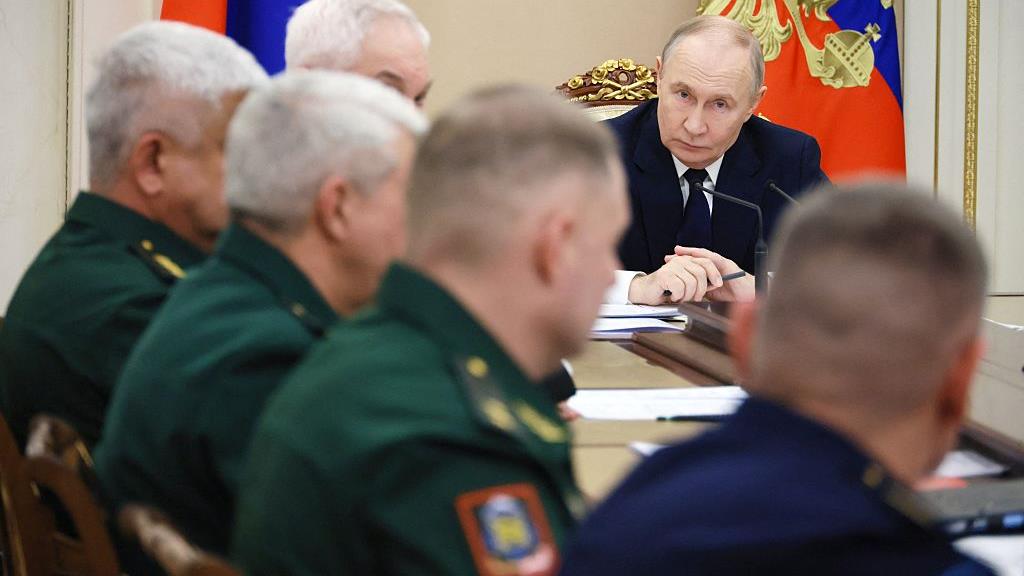
This article is more than
2 year oldFor the second day in a row, mourners walked purposefully along Moscow’s snow-heaped Garden Ring on Saturday carrying bouquets to lay at one of the improvised memorials to Aleksei A. Navalny, the Russian opposition figure who perished in a prison colony the day before.
The flowers, wrapped in paper to shield them from the icy wind, were not only a symbol of mourning. They also served as a form of protest in a country where even the mildest dissent can risk detention. And the people who laid bouquets at the Wall of Grief, a monument to the victims of political persecution during the Stalin era, shared the conviction that the Russian state was behind Mr. Navalny’s death.
“He didn’t die, he was killed,” said Alla, 75, a pensioner who declined to give her last name because of possible repercussions.
“Theoretically, we knew that they wanted to destroy him,” said her friend Elena, 77, whose arm was interlaced with Alla’s. “But when it happened it was such a shock, the senseless brutality of it, just senseless.” She found out what had happened when her daughter and granddaughter called her in tears to share the news.
Both women expressed pride that people were showing up to express their disagreement with the state, despite the sweeping crackdown on dissent since Russian President Vladimir V. Putin launched the full-scale invasion of Ukraine almost two years ago.

Some who showed up at the memorial gatherings paid the price. At least 400 people have been detained across Russia since Mr. Navalny’s death was announced on Friday, according to the human rights group OVD-Info. Among them was a priest, Father Grigory Mikhnov-Vaitenko, who had been scheduled to hold a memorial service for Mr. Navalny in St. Petersburg.
It is the most significant spate of arrests since protests against a general mobilization for the war in Ukraine in Sept. 2022.
“They try to scare us so much that it is not possible to live,” said Elena, who added that she worried for the fate of hundreds of other political prisoners in Russia.
Fear prevented Andrei, a 17-year-old in 11th grade, from buying flowers, but he wanted to come and see what was happening. He bristled when one passerby mocked the mourners and questioned Mr. Navalny’s legacy.
“What did he do for our country that deserves our prayers or mourning?” said Sergei, a pensioner who also provided just his first name.
“What about smart voting?” ventured Andrei, referring to a system pioneered in 2018 by Mr. Navalny’s team that encouraged voters to unite around one opposition candidate, hoping to outpoll Putin loyalists.
“He was an empty person, just a puppet of the West,” Sergei responded.
As they spoke, dozens of police observed and interacted with people coming to the complex, and another group of riot police in position near paddy wagons looked on half a block away. The Wall of Grief, in central Moscow, is on Sakharov Avenue, named after Andrei Sakharov, the Nobel Prize-winning physicist whose activism was punished with 12 years of internal exile in Gorky, today known as Nizhny Novgorod.

For Olya, 39, the heaps of flowers and candles served as a rare but valuable reminder that she is not alone in wanting a democratic, free Russia without war.
“At a time like this it is so important to see that there are people who think like I do,” she said, as she brought roses to the Wall of Grief. Earlier, she said she had laid flowers at the Solovetsky Stone, another monument to victims of political repression, across from the headquarters of the F.S.B., the successor agency of the K.G.B.
“And it’s a shame that in a short period of time, people come and go, and you can’t see all the people who came throughout a day, who are constantly being asked to leave,” she added. “But you can see flowers.”
Protests are effectively banned in Russia, and the arrests the past two days show the extent to which the authorities are ready to go to suppress public displays of anger or mourning.
“A responsible citizen who loves his homeland, was forced to leave it or is trying to the last not to leave it, has only one weapon — a memorial candle,” wrote Andrei Kolesnikov, a Moscow-based commentator, in an opinion piece he hopes to publish soon, calling them “the last weapon of a civilized, not savage, person and citizen.”
On Friday, videos began circulating of men with their faces covered, removing flowers from the Solovetsky Stone, in what was interpreted as a sign the authorities do not want the scale of the outpouring of grief to become public.

State television channels Rossiya24 and Rossiya-1 instead discussed the Munich Security Conference and the Russian capture of Avdiivka in Ukraine, and featured the “Russia International Exhibit and Forum,” a patriotic showcase celebrating the food, technology and culture of each of the country’s regions.
Russian state-controlled Channel 1 mentioned Mr. Navalny in its news bulletins only three times, for about 30 seconds each and without mentioning he was a politician or even the official reason for his imprisonment.
But for many gathered in Moscow, the memory of the protest will be indelible.
“Someday what we are watching may be in history books,” Andrei, the student, whispered, as policemen urged him and a New York Times journalist to leave the premises. Watching the steady flow of people bearing flowers, and under the increasing pressure of a police officer to move along, he slipped into an underground crosswalk with a request.
“Please don’t forget that there are still many good people in this country,” he said.
Neil MacFarquhar Alina Lobzina, Milana Mazaeva and Oleg Matsnev contributed reporting.
Valerie Hopkins covers the war in Ukraine and how the conflict is changing Russia, Ukraine, Europe and the United States. She is based in Moscow. More about Valerie Hopkins